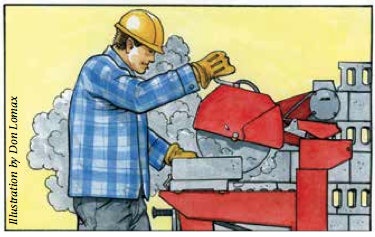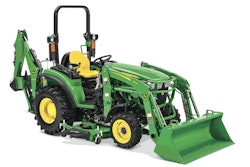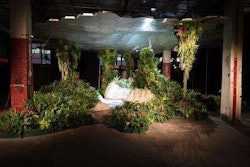
Silica is among the most common of minerals and is found worldwide. According to the Center for Construction Research and Training, it’s found in “many materials common on construction sites, including soil, sand, concrete, masonry, rock, granite and landscaping materials.”
The dust created by cutting, grinding, drilling or otherwise disturbing these materials can contain crystalline silica particles. The dust particles are very small – too small to see, in fact – and inhaling them has been shown to cause various lung diseases, including cancer.
What’s worse, it takes only minute quantities of airborne silica dust to create a health hazard.
Breathing silica dust leaves microscopic shards imbedded in the lungs. As the lungs try to heal themselves, they form scar tissue over the shards. This tissue decreases lung capacity. Ultimately, a worker exposed to silica dust may develop silicosis, an irreversible and potentially fatal disease.
The construction industry has long taken a leading role in creating programs to educate companies about the hazard and provide training aimed at keeping workers safe.
Anytime brick, stone or concrete are dry cut or concrete is mixed, silica dust is in the air. Hauling and dumping rock can create silica dust as well.
Among the most common strategies for controlling exposure, besides face masks, is the application of water to saw blades as they’re cutting concrete, masonry and stone. Vacuum systems also are used to eliminate dust, and federal regulations require that the systems have extremely efficient filtering capabilities.
While some disposable respirators are adequate, industrial hygienists prefer half masks with particulate filters or cartridges. Remember that it’s the employer’s responsibility to ensure workers exposed to silica dust are supplied with these masks, that they’re using them as instructed, and that the masks are performing as they should.
Respirators may also be needed for the application of pesticides, herbicides and fertilizers, all of which can pose respiratory hazards of their own. The chemical product label will tell you whether you need a respirator and, if so, what type.










